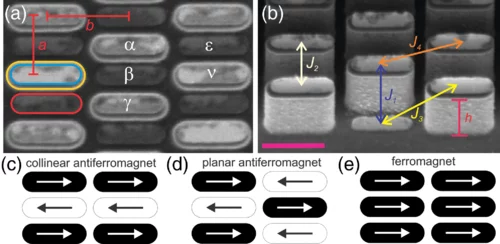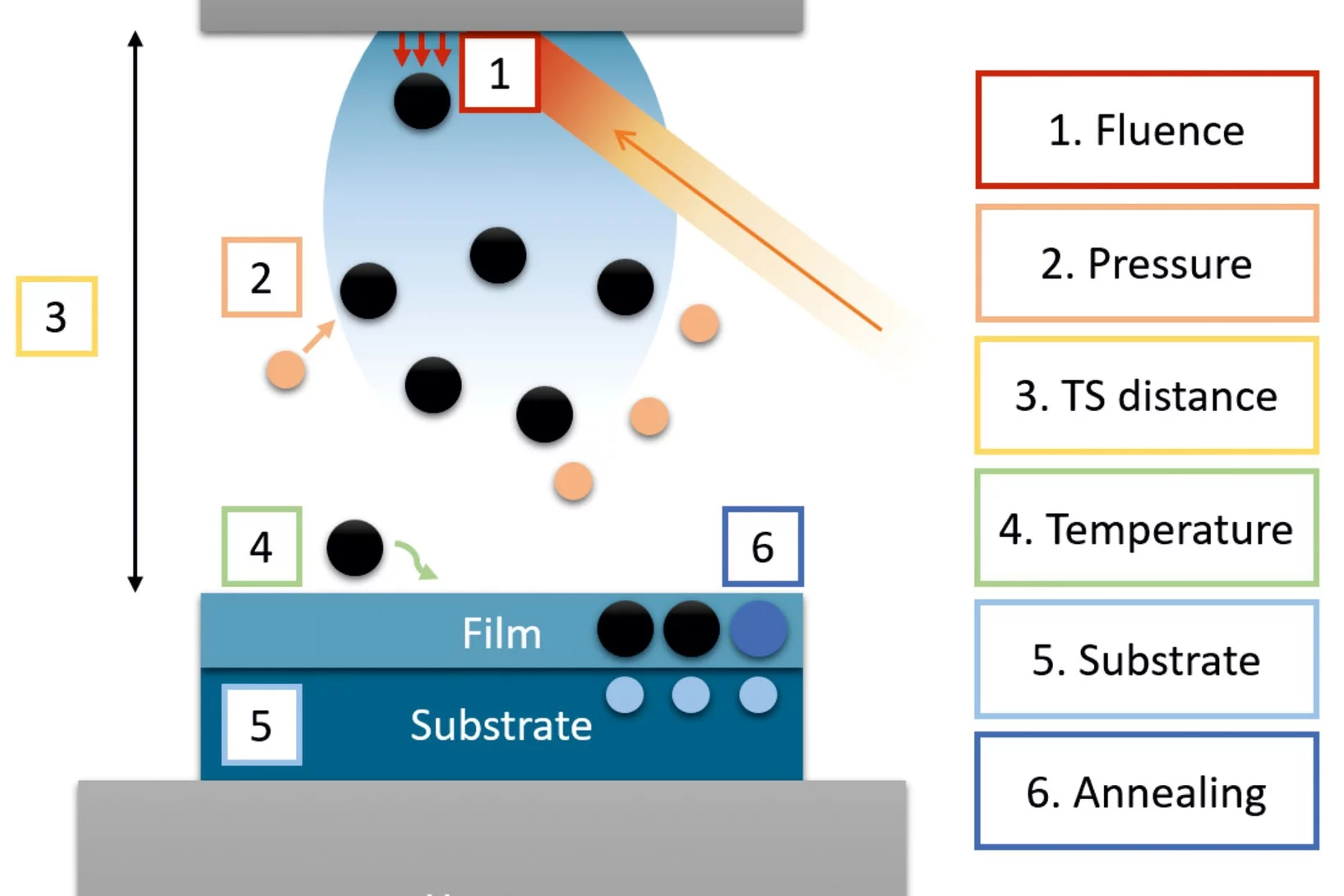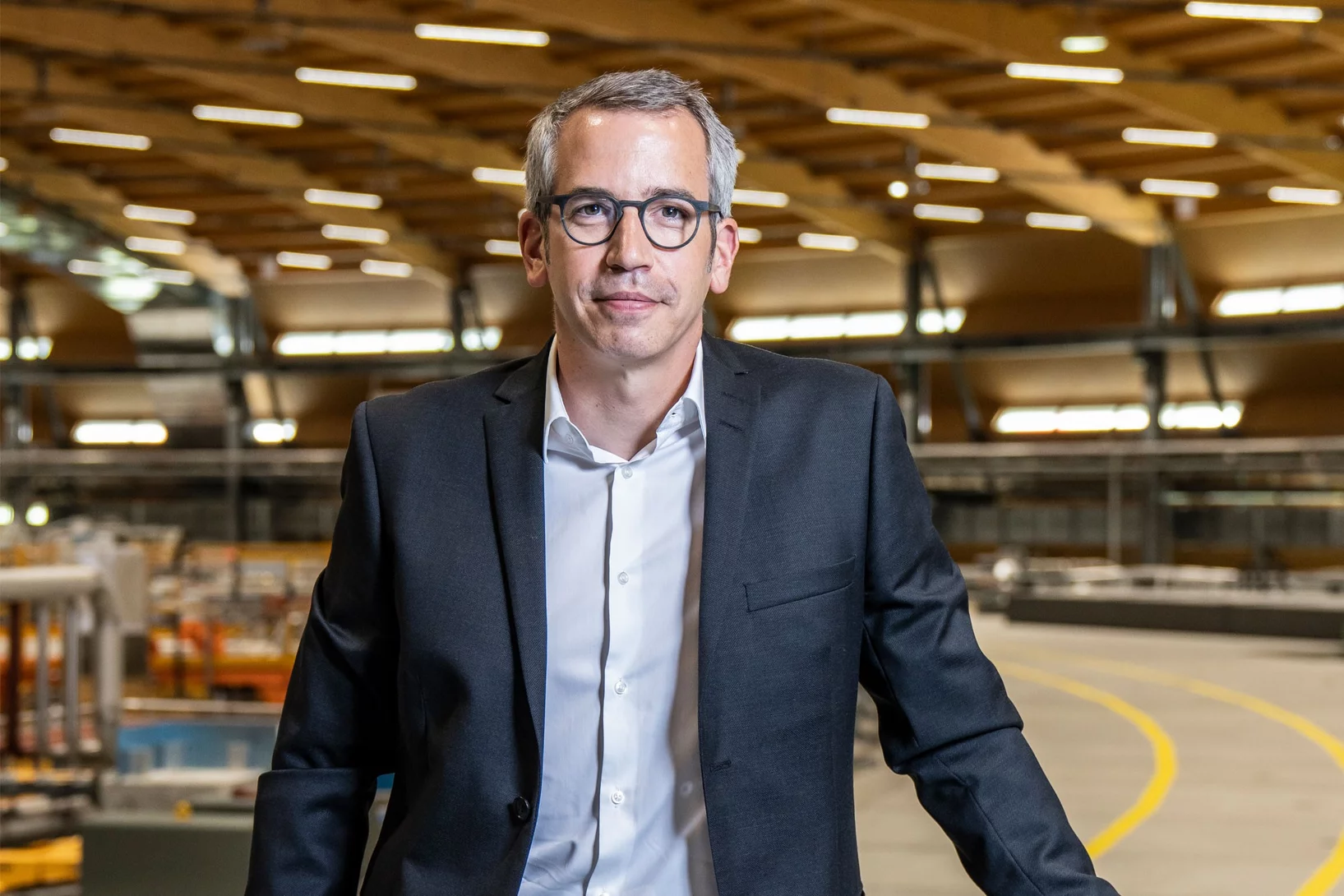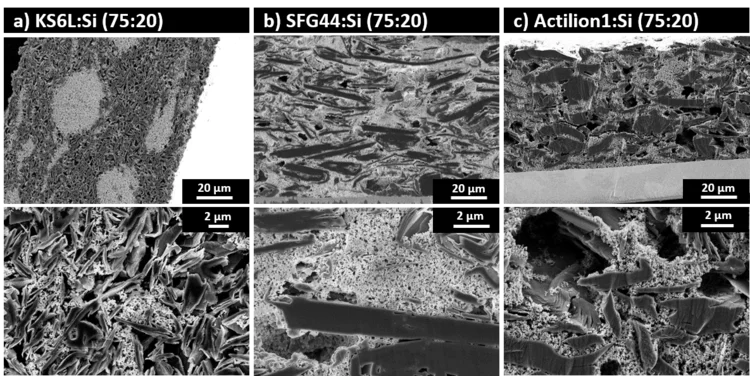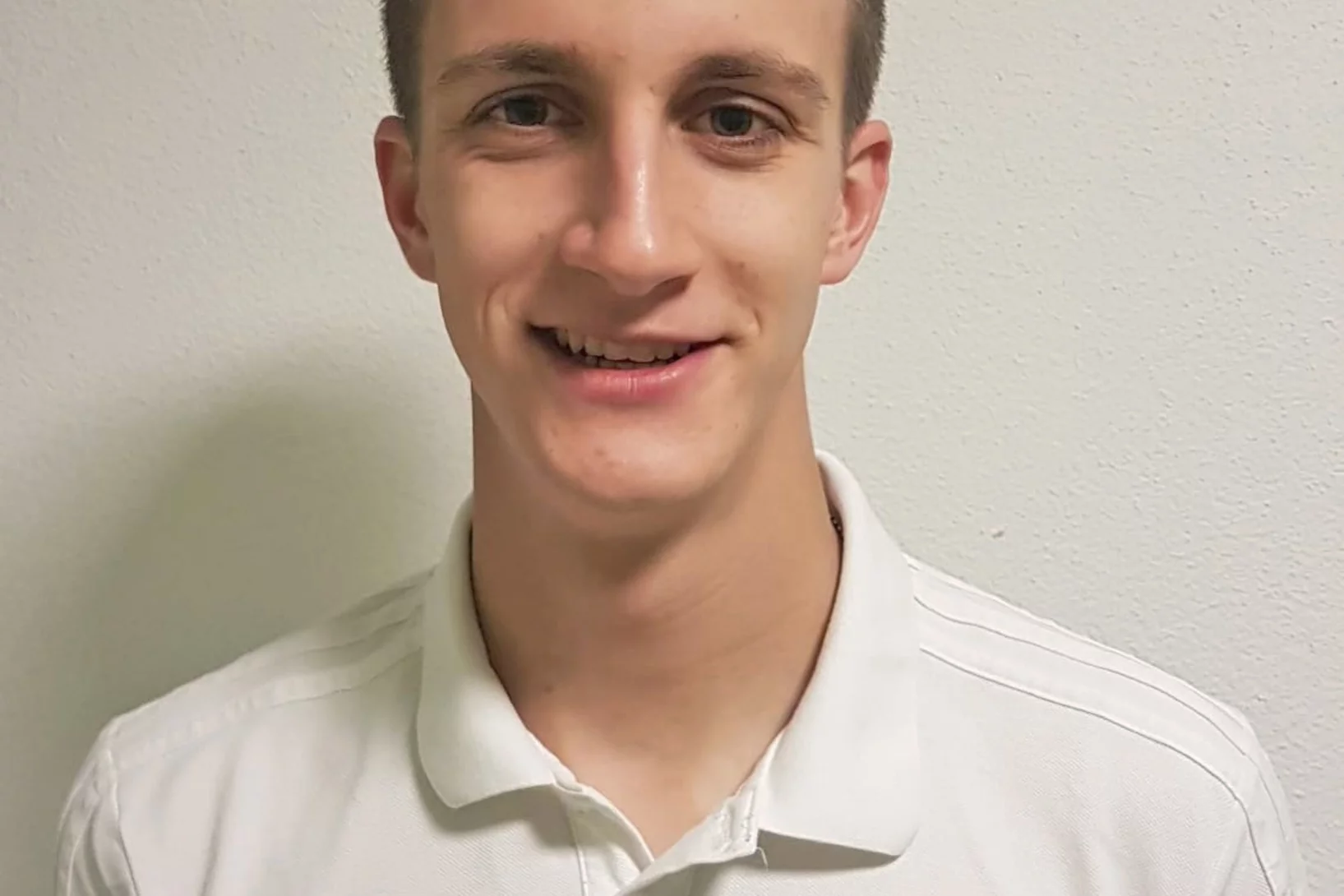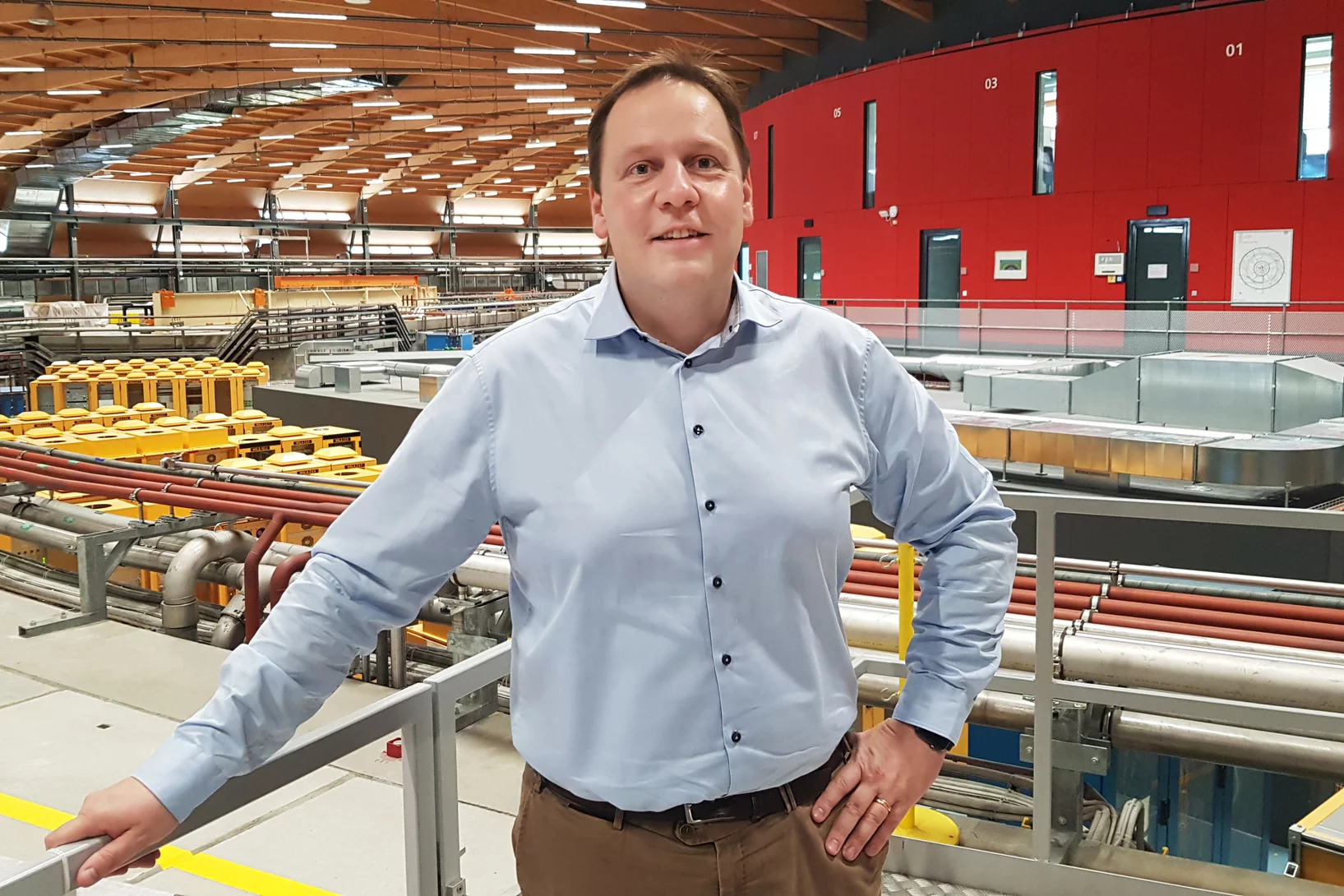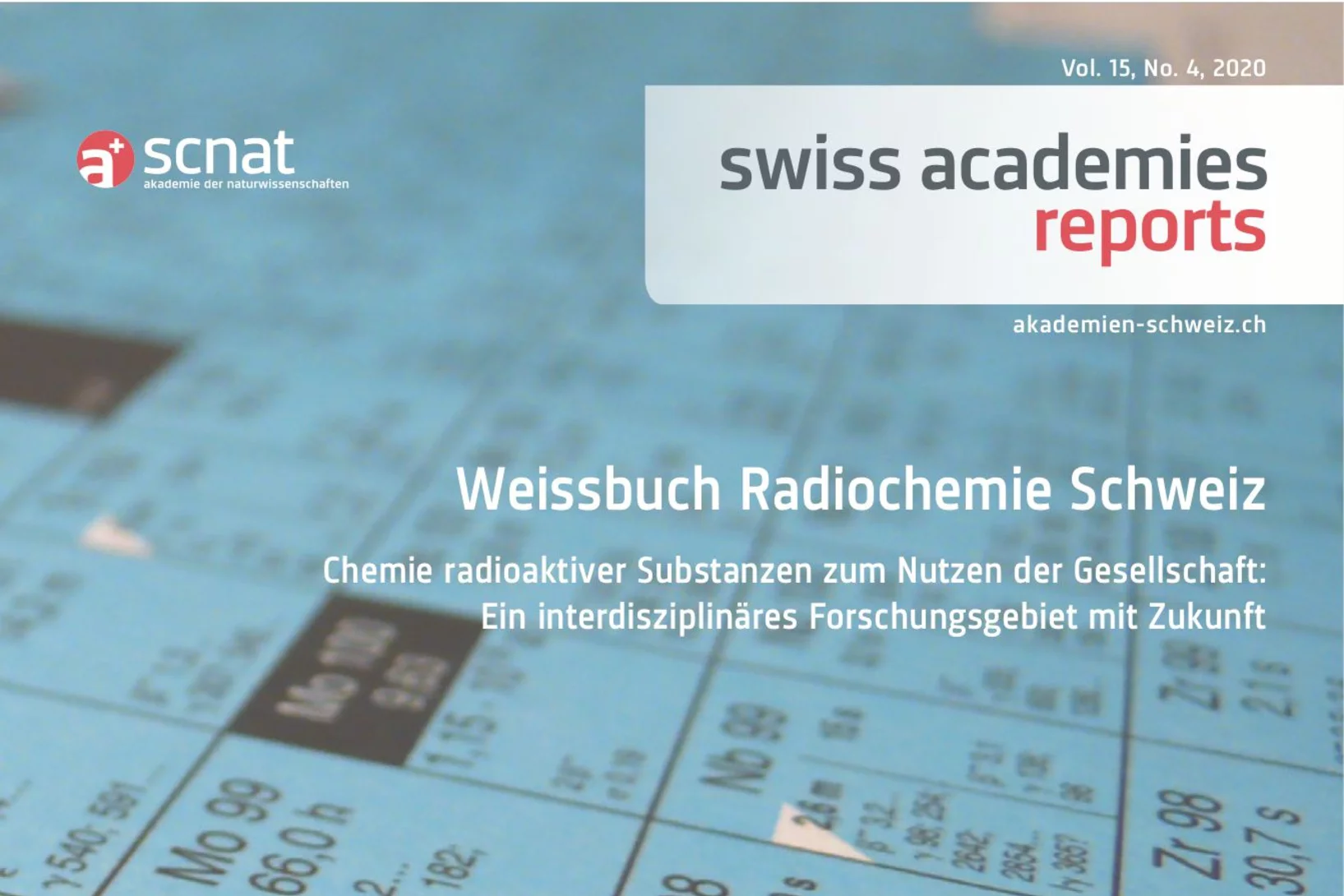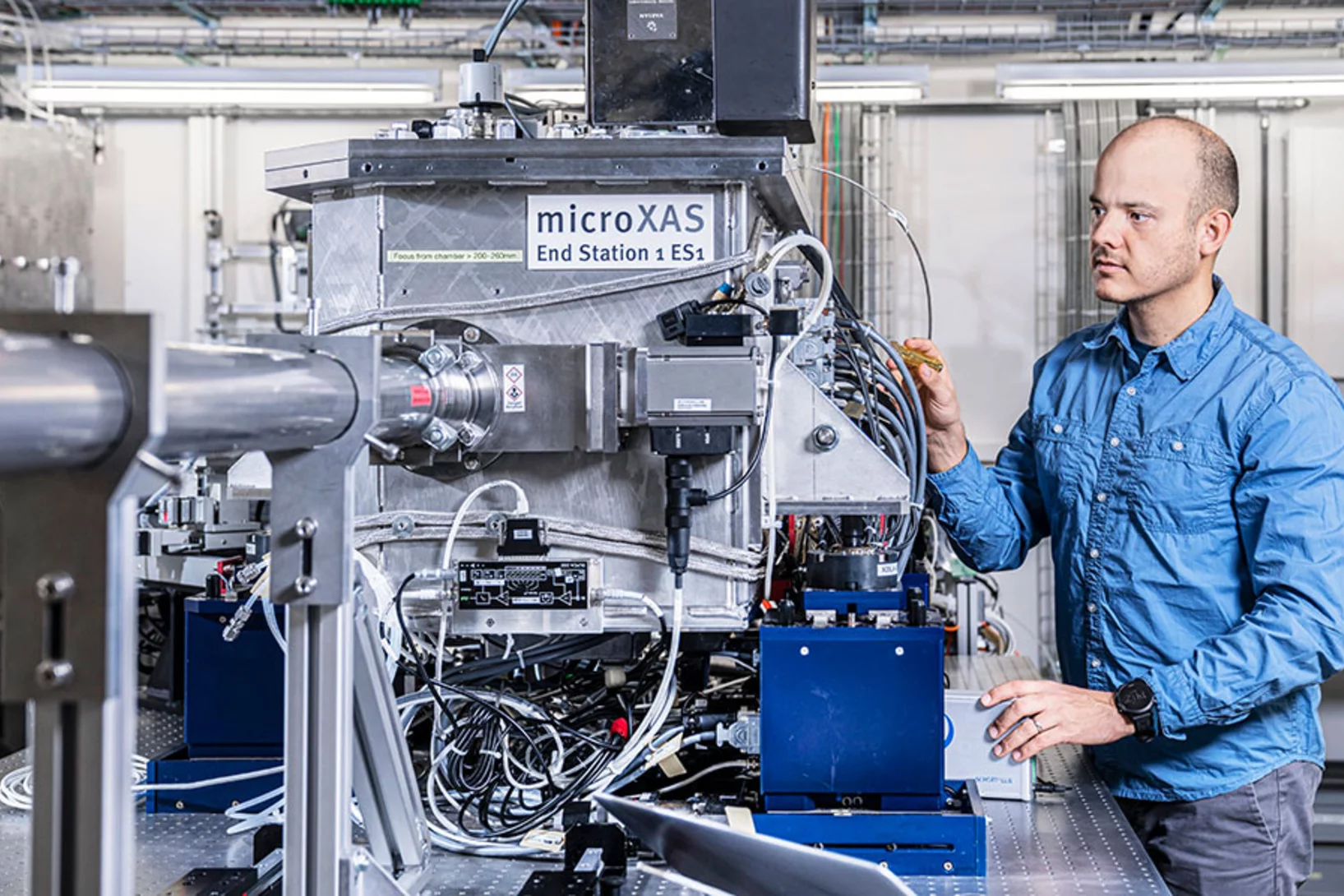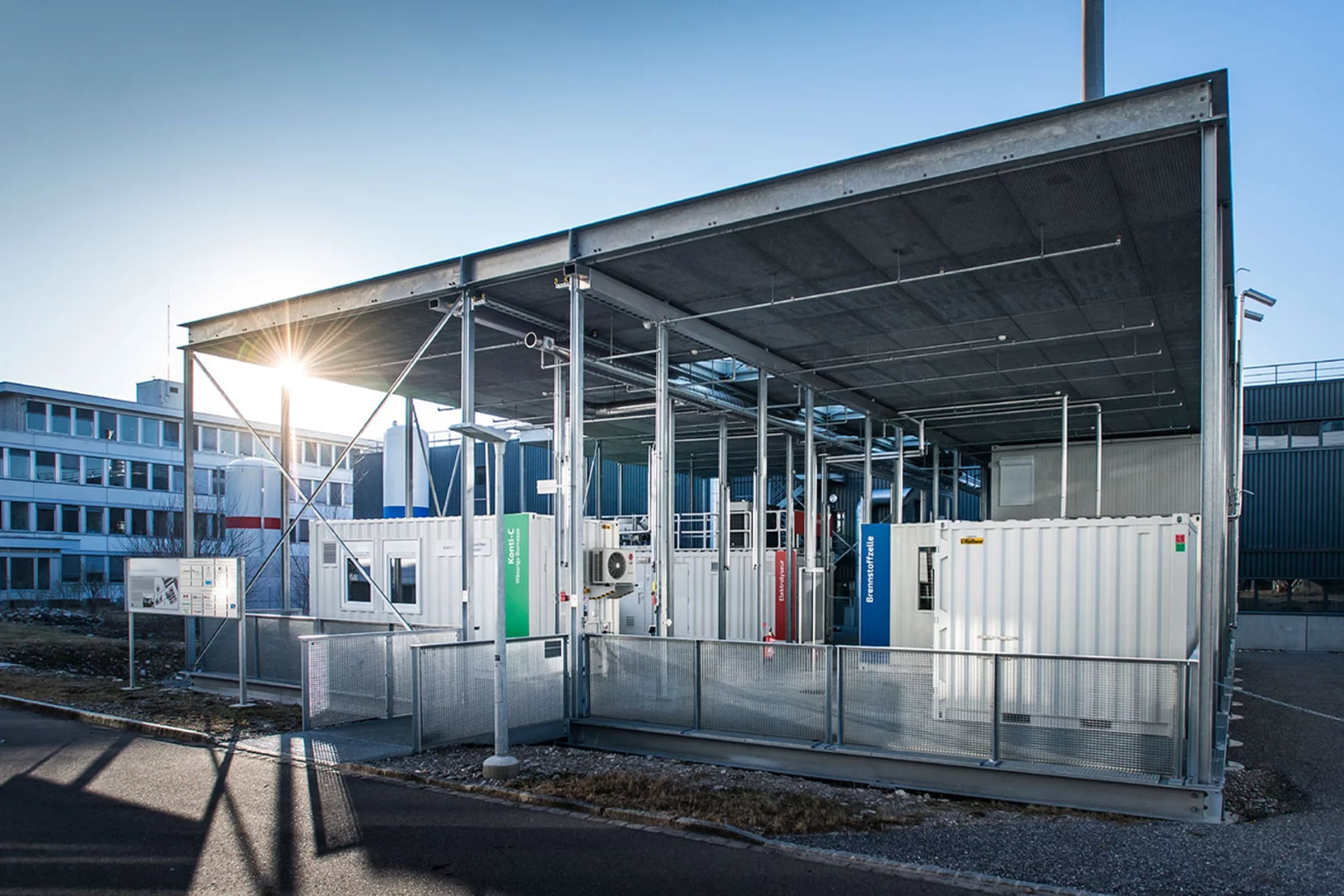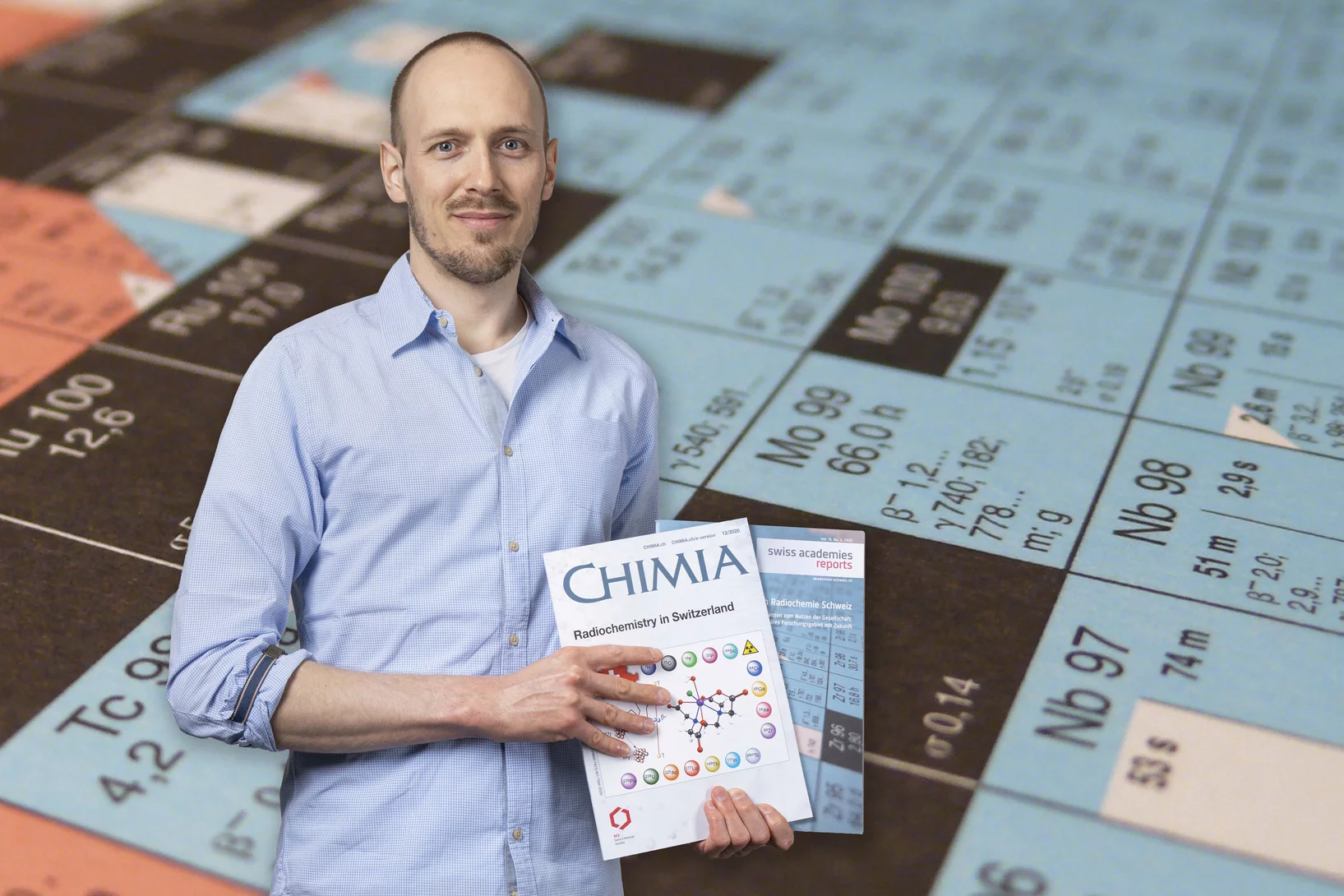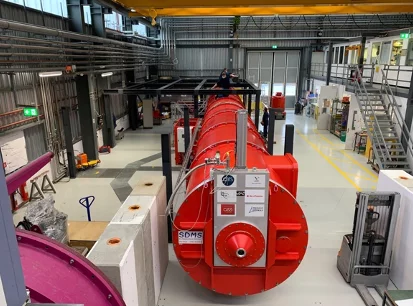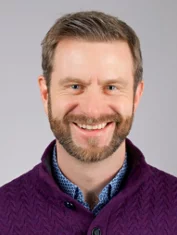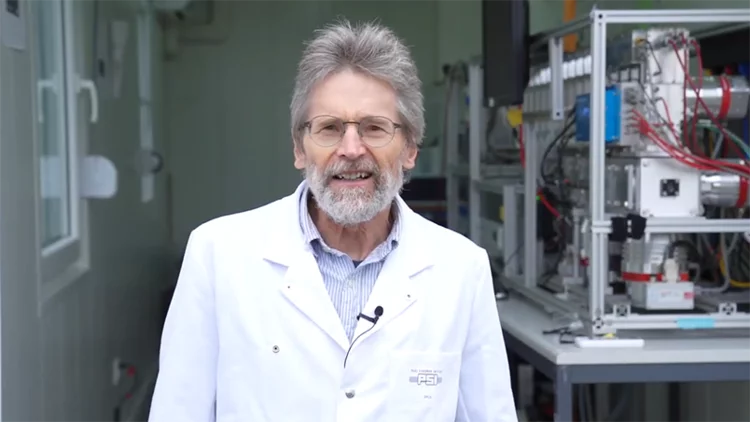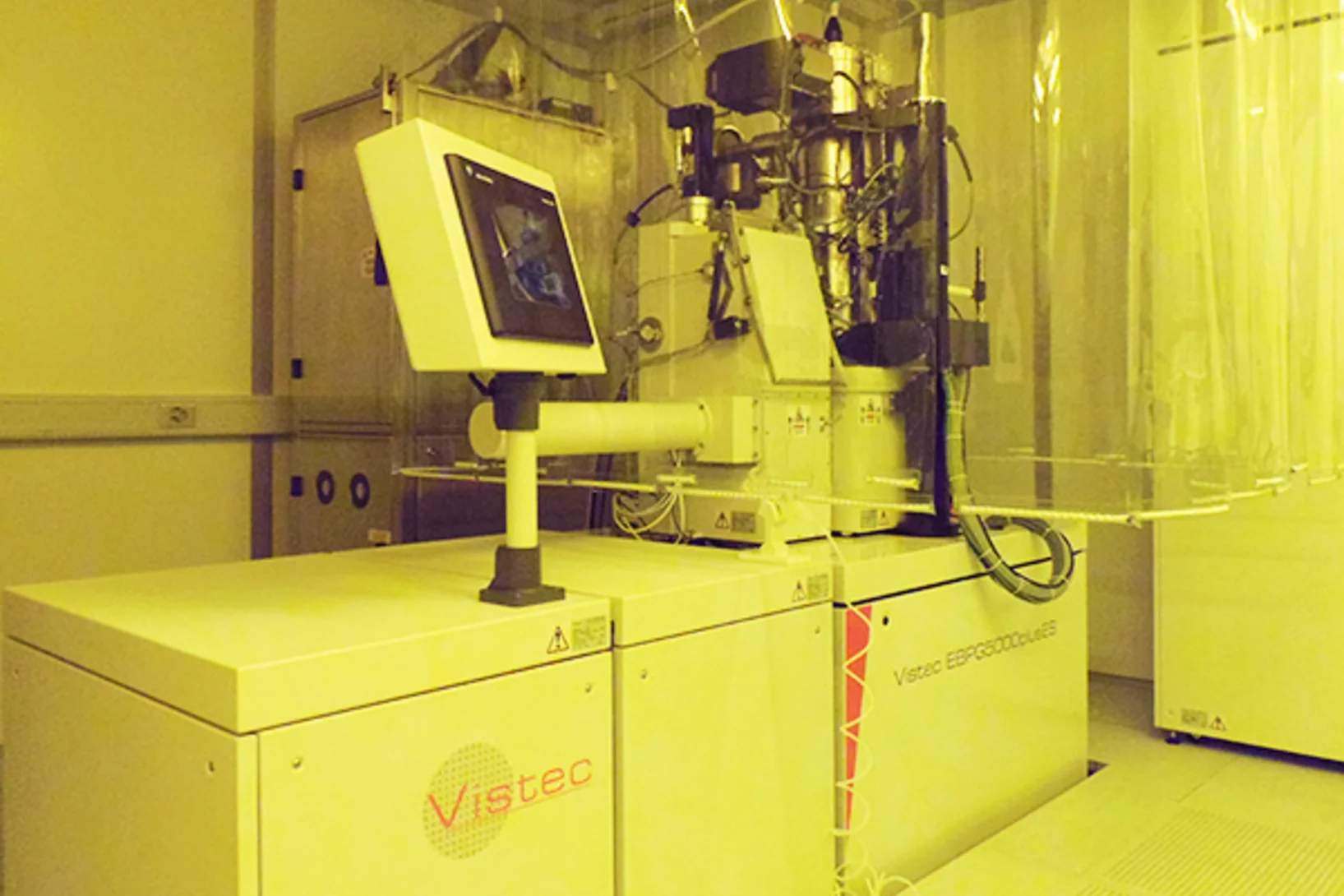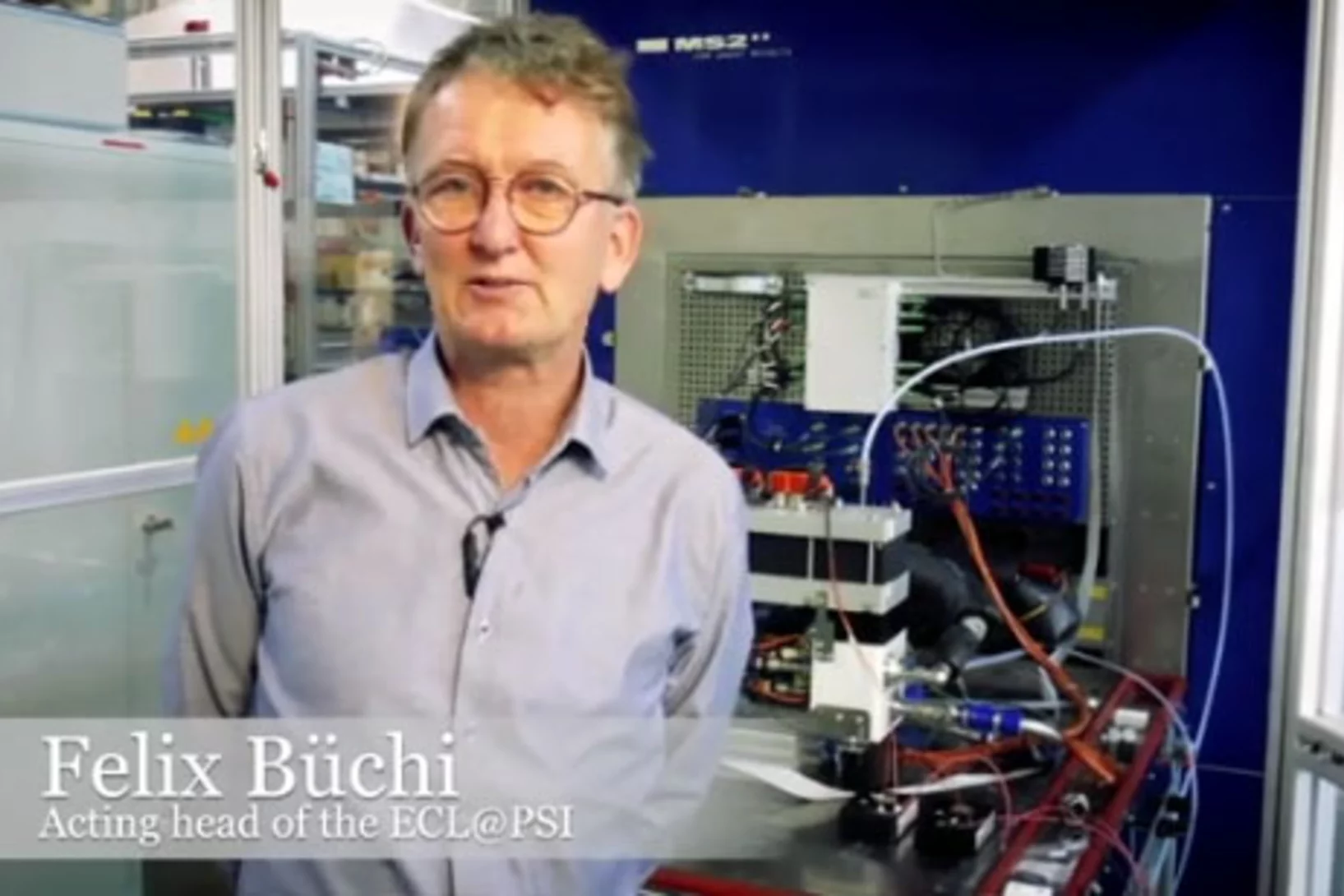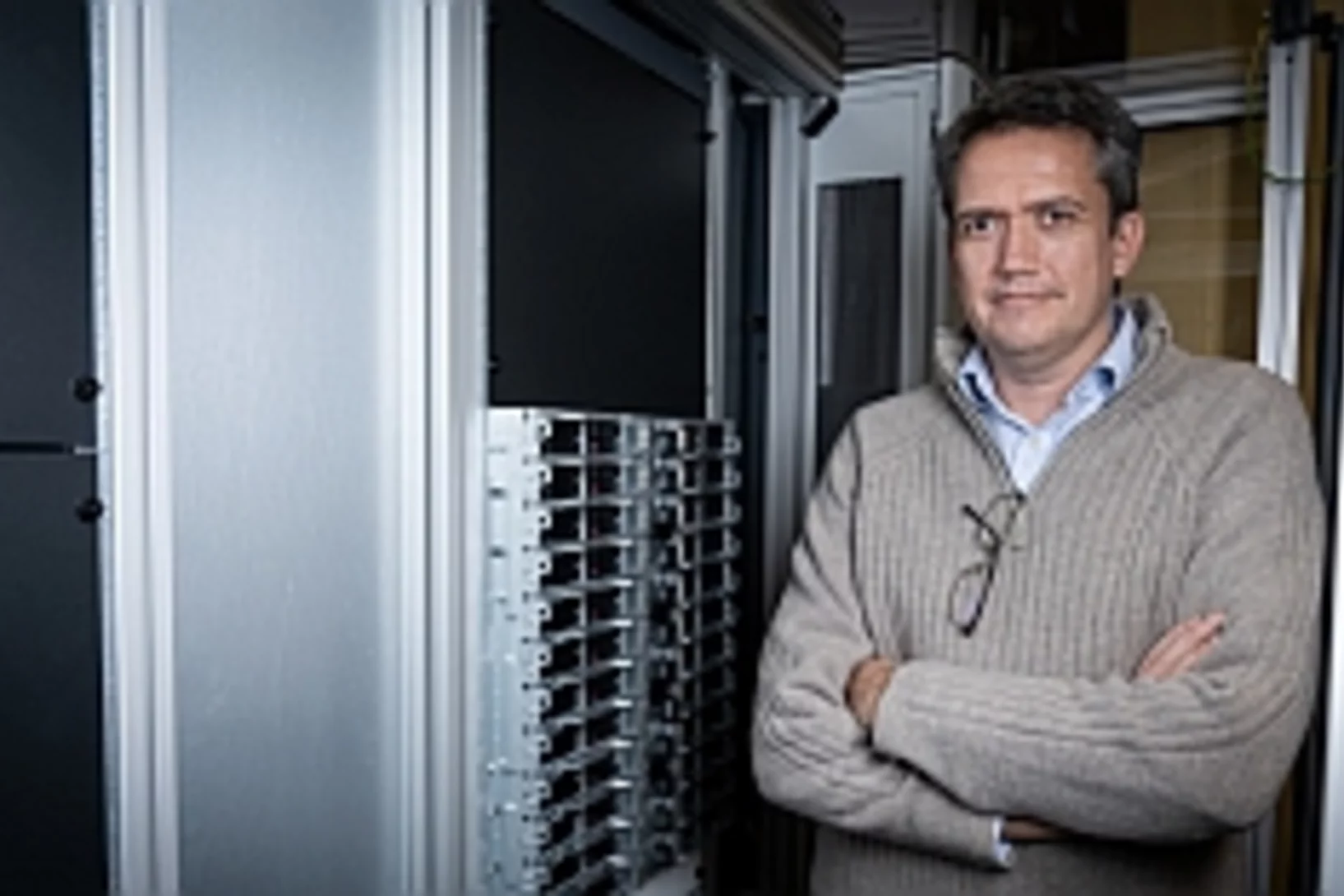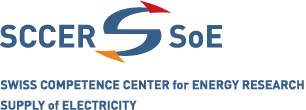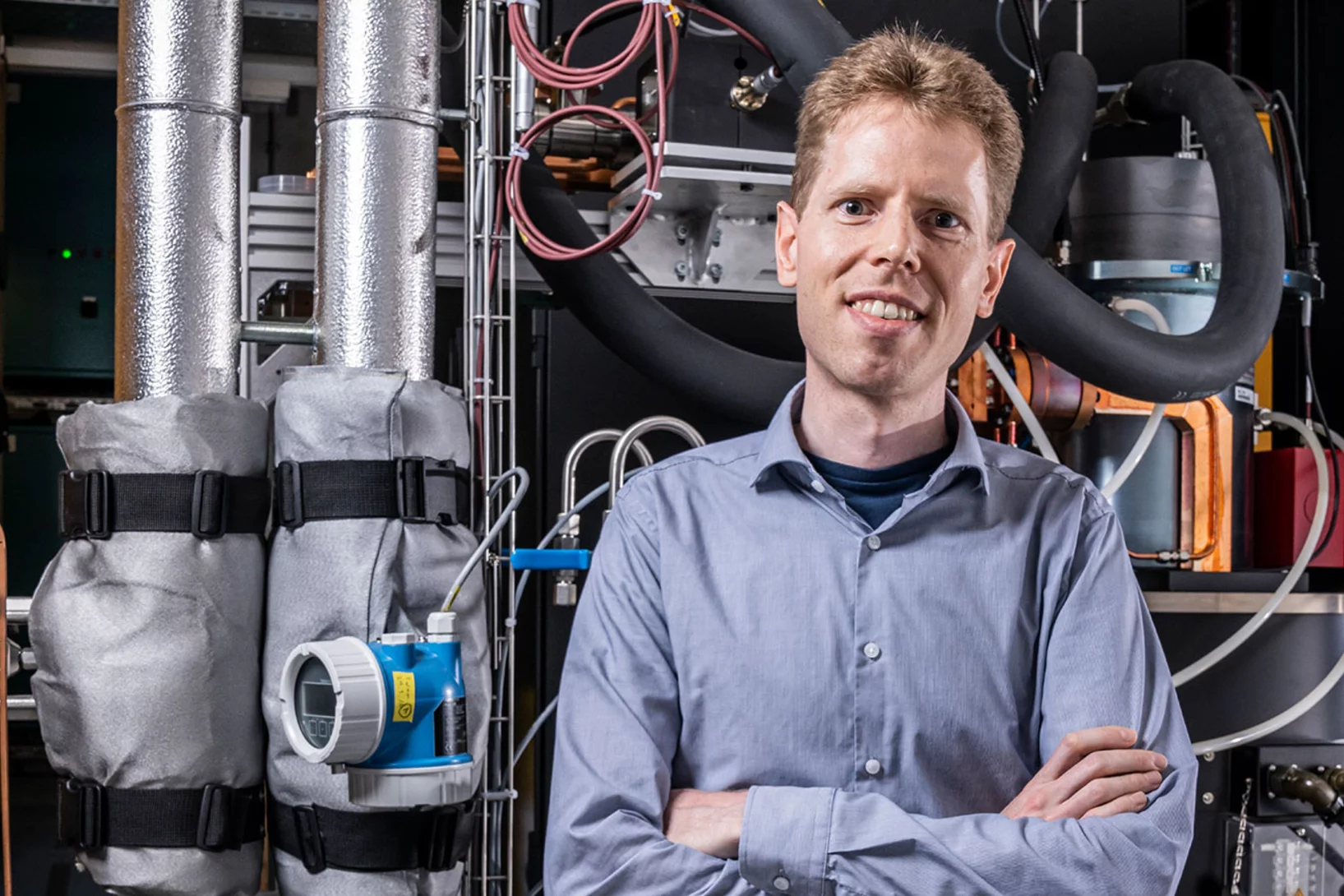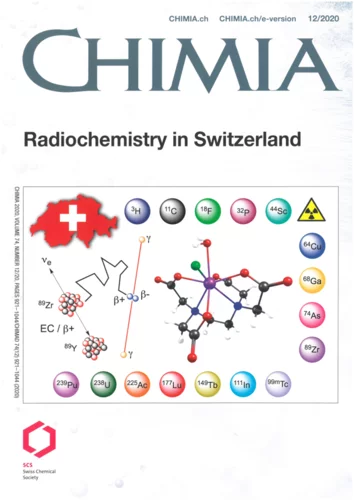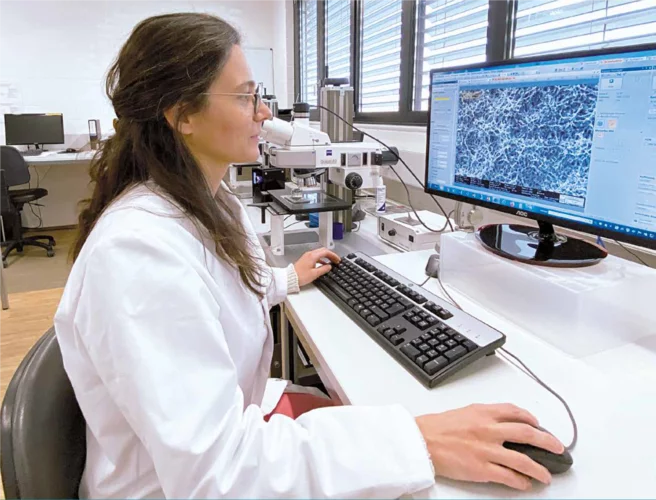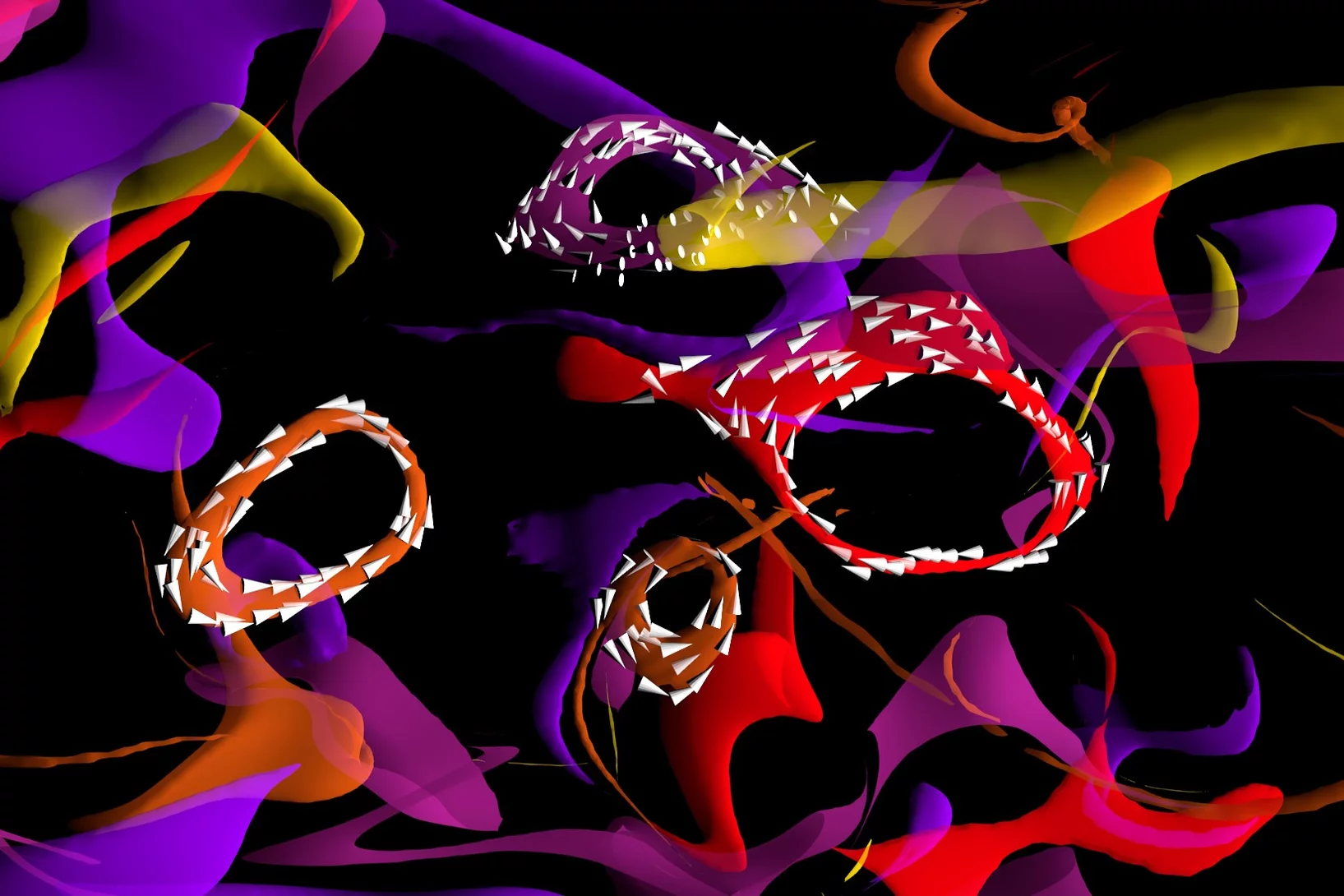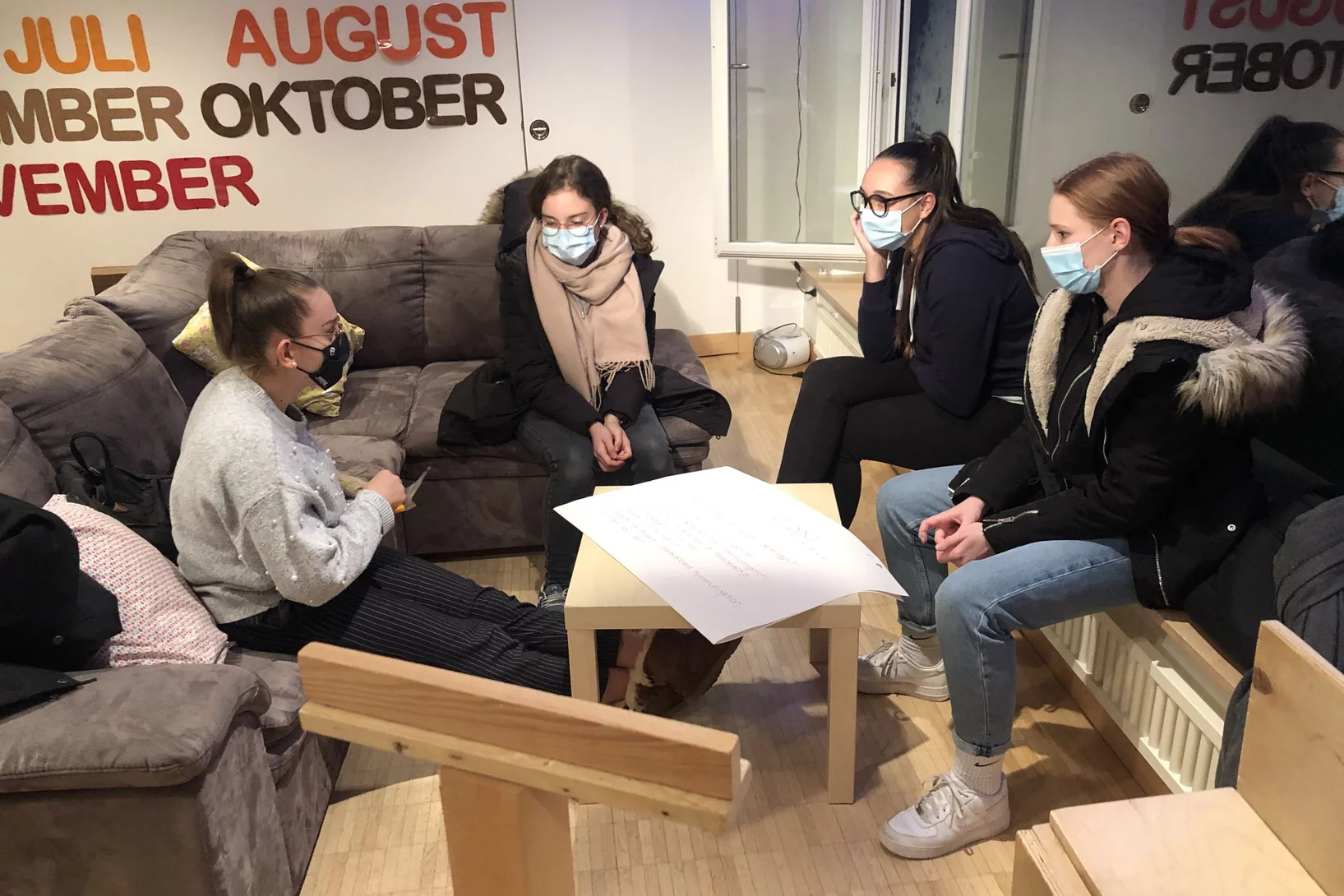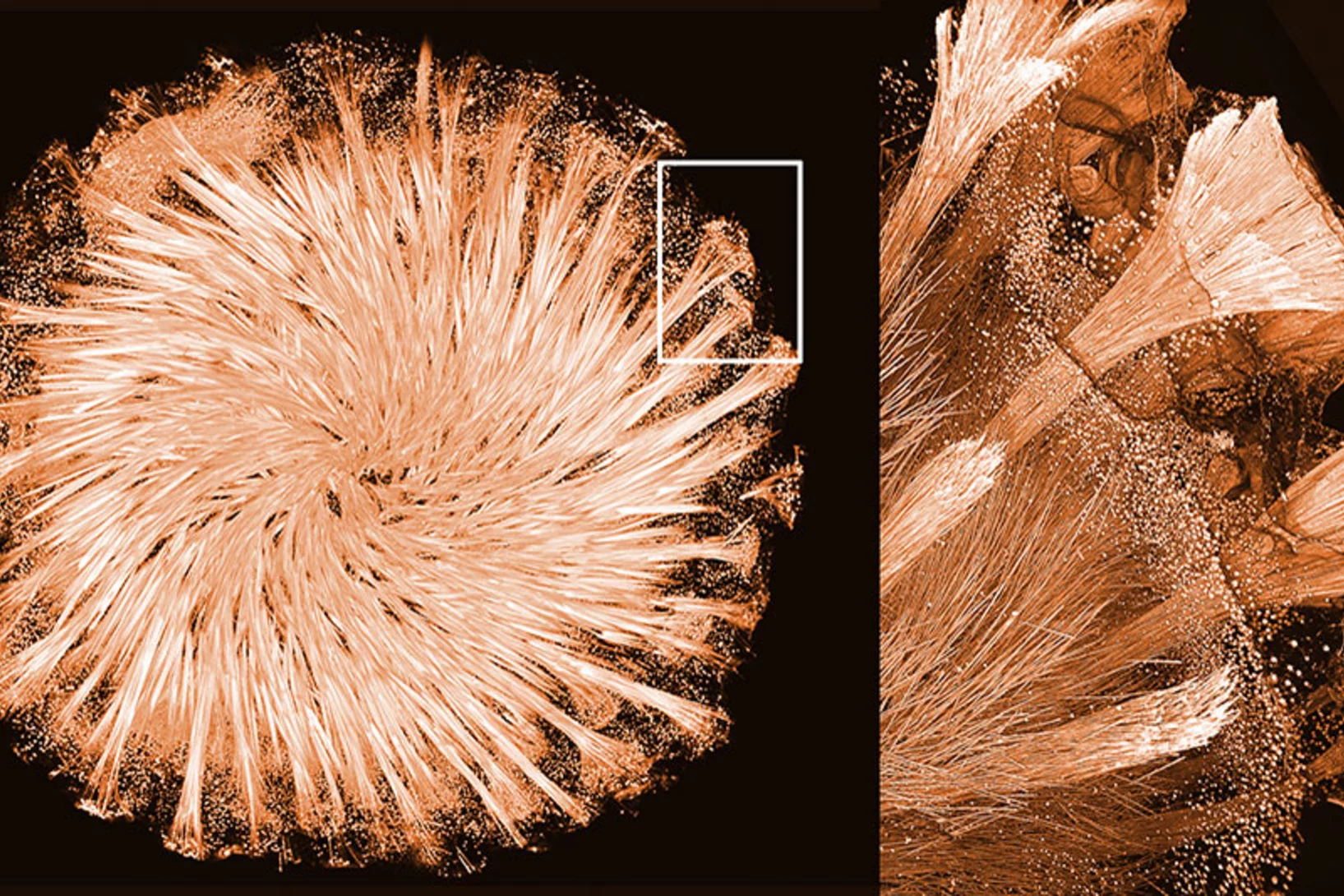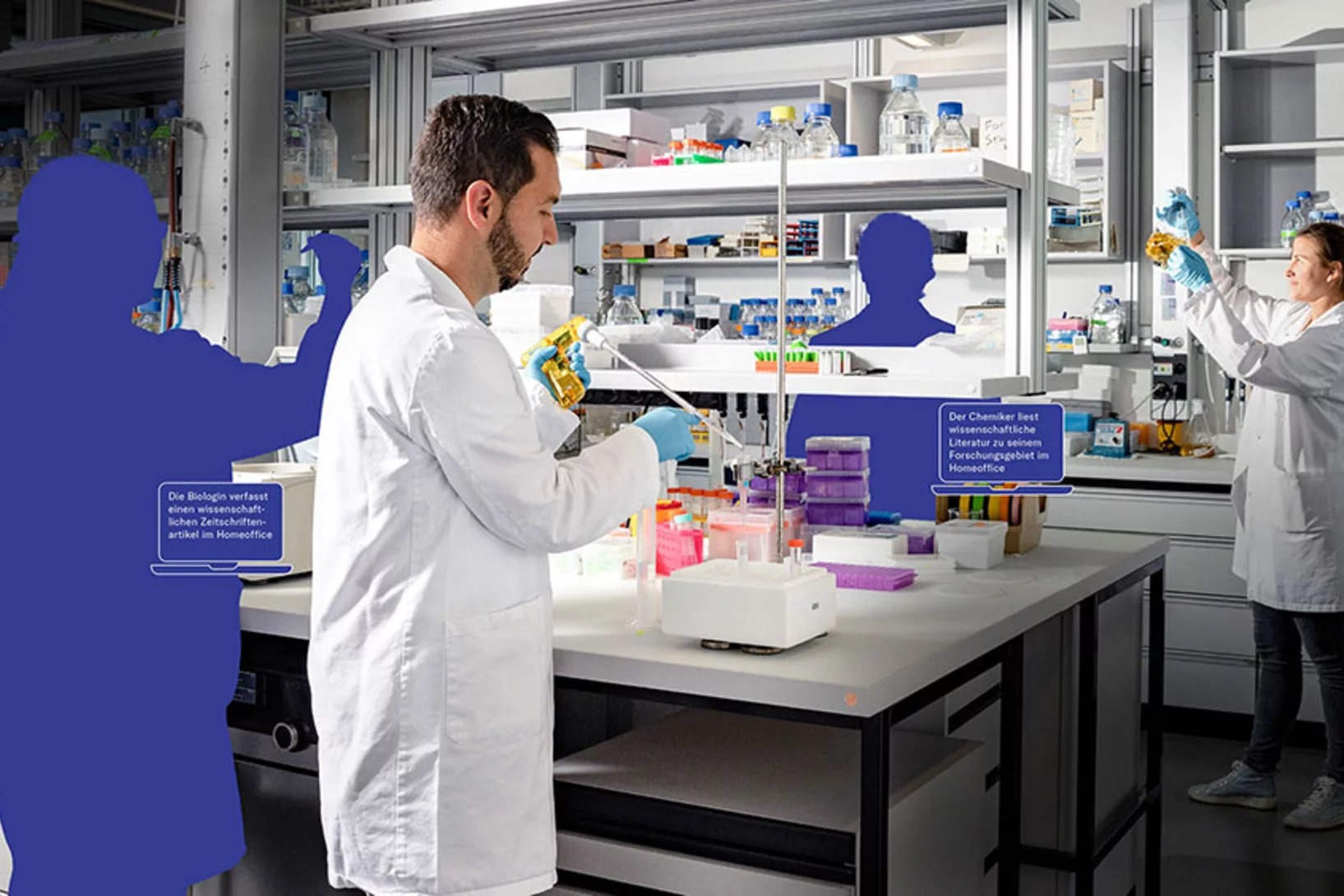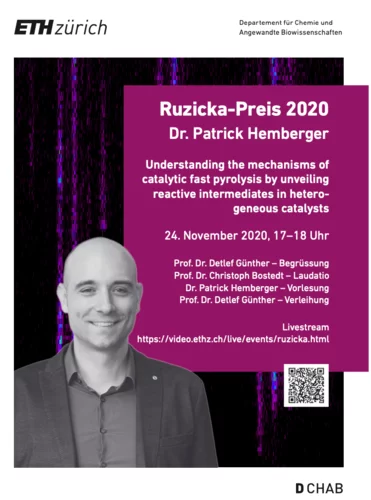Abandon de l’énergie nucléaire, développement de l’énergie solaire et éolienne, production d’énergie à partir de la biomasse, réduction de la consommation d’énergie. D’ici 2050, la Suisse doit atteindre la neutralité climatique. Un objectif ambitieux, rendu plus urgent que jamais par une situation géopolitique de plus en plus difficile. Comment faire pour mettre en place ces prochaines années un approvisionnement énergétique durable et résistant pour la Suisse? Comment les énergies renouvelables peuvent-elles être utilisées de manière optimale? Quelles sont les nouvelles technologies les plus prometteuses? Au PSI, des chercheurs s’efforcent de trouver des réponses à ces questions décisives.
Geometrical Frustration and Planar Triangular Antiferromagnetism in Quasi-Three-Dimensional Artificial Spin Architecture
We present a realization of highly frustrated planar triangular antiferromagnetism achieved in a quasi-three-dimensional artificial spin system consisting of monodomain Ising-type nanomagnets lithographically arranged onto a deep-etched silicon substrate. We demonstrate how the three-dimensional spin architecture results in the first direct observation of long-range ordered planar triangular antiferromagnetism, in addition to a highly disordered phase with short-range correlations, once competing interactions are perfectly tuned. Our work demonstrates how escaping two-dimensional restrictions can lead to new types of magnetically frustrated metamaterials.
Pulsed Laser Deposition as a Tool for the Development of All Solid-State Microbatteries
All-solid-state lithium ion batteries (LIB) are currently the most promising technology for next generation electrochemical energy storage. Many efforts have been devoted in the past years to improve performance and safety of these devices. Nevertheless, issues regarding chemical and mechanical stability of the different components still hinder substantial improvements. Pulsed laser deposition (PLD) has proved to be an outstanding technique for the deposition of thin films of materials of interest for the fabrication of LIB. Thanks to its versatility and possible fine tuning of the thin film properties, PLD promises to be a very powerful tool for the fabrication of model systems which would allow to study in detail material properties and mechanisms contributing to LIB degradation. Nevertheless, PLD presents difficulties in the deposition of LIB components, mainly due to the presence of elements with large difference of atomic mass in their chemical composition. In this review, we report the main challenges and solution strategies used for the deposition through PLD of complex oxides thin films for LIB.
Le PSI équipe la Source de Lumière Suisse SLS pour l’avenir
Feu vert pour la SLS 2.0: l’upgrade de la Source de Lumière Suisse SLS peut avoir lieu. Le financement est assuré dans le cadre du message FRI 2021-2024 approuvé à la mi-décembre.
Graphite Anodes with Si as Capacity-Enhancing Electrode Additive
Silicon is a long-standing candidate for replacing graphite as the active material in negative electrodes for Li-ion batteries, due to its significantly higher specific capacity. However, Si suffers from rapid capacity loss, as a result of the large volume expansion and contraction during lithation and de-lithiation. As an alternative to pure Si electrodes, Si could be used as a capacity-enhancing additive to graphite electrodes.
Oliver Wernli aus Remigen erhält den Pestalozzi Stiftepriis 2020
Der Preisträger Oliver Wernli ist einer der besten Konstrukteure EFZ der Schweiz.
Du synchrotron au PDG
Roger Herger a rédigé sa thèse de diplôme et son mémoire de doctorat sur la diffraction des rayons X sur les oxydes métalliques complexes à la Source de Lumière synchrotron Suisse (SLS). Fin juin 2020, le spécialiste des matériaux a fondé la start-up de haute technologie maXerial avec deux partenaires commerciaux. Leur objectif : combiner la technologie industrielle des rayons X avec l'intelligence artificielle. Nous retraçons son parcours de chercheur à entrepreneur et montrons comment la technologie de pointe du PSI et la technologie des rayons X en laboratoire se complètent idéalement pour résoudre les défis de l'industrie high-tech suisse grâce à des développements matériels basés sur des données.
Weissbuch Radiochemie Schweiz
In December 2020, the Swiss Academy of Sciences (SCNAT) published its white book on radiochemical education in Switzerland. The report was authored under the lead of Prof. Dr. Roger Alberto (University of Zurich), Dr. Mario Burgener (Spiez Laboratory), and Prof. em. Dr. Heinz W. Gäggeler (University of Bern/Paul Scherrer Institute) and comprises contributions from many experts on the topic from various institutions throughout Switzerland. The white book highlights the imminent loss of experts in the field of radiochemistry and provides solutions to counteract this development.
Vue en trois dimensions de l’intérieur de catalyseurs actifs
La spectroscopie de rayons X in operando permet de jeter un coup d’œil à l’intérieur de réacteurs chimiques en fonction. Des chercheurs de l’Institut de technologie de Karlsruhe (KIT), à l’Institut Paul Scherrer PSI et à l’European Synchrotron Radiation Facility (ESRF) en France, appliquent avec succès cette méthode.
Bases pour le système énergétique de demain
Sur le chemin vers un système énergétique durable, les technologies permettant une conversion flexible et un stockage efficace de l’énergie seront de plus en plus importantes. La nouvelle plateforme de recherche ReMaP entend étudier ces thèmes urgents de façon réaliste.
Radiochemistry at ETH Zurich
As of December 10, 2020, the ETH Zurich appointed PSI’s Prof. Dr. Patrick Steinegger as assistant professor of radiochemistry (tenure track). Thus, the ETH domain took first counter measures against the imminent loss of radiochemical expertise in Switzerland, emphasized in the “Weissbuch Radiochemie Schweiz” by the Swiss Academy of Sciences (SCNAT). Furthermore, the December issue of CHIMIA (Swiss Chemical Society) invited to present the diverse radiochemical activities throughout the country.
Long-range coherent dynamics of bound electrons in a solid
Ultrafast long-range coherent dynamics in electronic structure excited by THz pulses and studied using free electron laser based resonant X-ray diffraction.
A new small angle neutron scattering instrument arrives at SINQ from LLB
In 2018 an agreement between the Laboratoire Léon Brillouin (LLB) and Paul Scherrer Institut has been signed with the aim to jointly operate a new small angle neutron scattering (SANS) instrument at the Swiss spallation neutron source SINQ.
Marc Janoschek appointed Associate Professor ad personam at University of Zurich
Marc Janoschek, the head of the Laboratory for Neutron and Muon Instrumentation (LIN), was appointed as Associate Professor ad personam for experimental physics – correlated quantum materials at the University of Zurich starting February 1, 2021.
Seven years SCCER Mobility
Synthesis book reviews history, milestones and achievements of the center
Die Rolle der Aerosole in der Corona-Pandemie
Dass sich Covid-19 über Schwebepartikel in der Luft übertragen kann, scheint inzwischen gesichert. Aber wie entstehen diese Partikel? Wie schnell kann es zu einer Ansteckung kommen und wie schützt man sich davor? PSI-Aerosolforscher Urs Baltensperger fasst die wichtigsten Fakten zum Thema zusammen.
Installation of the new Pattern generator for Raith/Vistec EBPG5000Plus e-beam writer
Supported by SNF R'Equip, a new 20bit low-noise pattern generator for our 100 keV direct write electron beam lithography system Raith/Vistec EBPG5000Plus has been successfully installed. This allows for faster exposures (up to 125MHz stepping frequency) with better placement accuracy within the writing field up to 1x1 mm². The so called Universal Pattern Generator (UPG) supports now a broad spectrum of primitiv shapes, which can dramatically improve the quality of exposed nanostructures by optimized fracturing of designs.
LEC Contribution to the SCCER Mobility Project
Two groups from the Electrochemistry Laboratory, together with a team from ZHAW and EPFL have developed a novel evaporative cooling concept for polymer electrolyte fuel cells from the material to the cell level.
The 5 min movie explains and summarizes the development.
Le bibliothécaire des pétaoctets
L’upgrade prévu de la Source de Lumière Suisse SLS doit être préparé dès maintenant. Pour relever les défis de la recherche de l’avenir, Alun Ashton estime la quantité de données que les futures expériences produiront.
Der ICT-Campus Lenzburg ist eröffnet
Seit 2020 ist das PSI Mitglied beim «ICT-Campus», dem vielversprechendsten Informatik und MINT Nachwuchs Förderungsprojekt der Schweiz. Am 21.10.2020 wurde der neue Standort in Lenzburg mit prominenter Beteiligung eröffnet. Dabei wurden, wegen der Pandemie, die modernsten Mittel eingesetzt.
Oxygen Evolution Reaction Activity and Underlying Mechanism of Perovskite Electrocatalysts at Different pH
PSI researchers have studied the how the electrolyte pH values influence the oxygen evolution reaction (OER) activity and stability of different promising perovskite oxide catalysts for application as anodic electrodes in alkaline water electrolyzers. The OER activity and stability decreased decreasing the electrolyte pH values. By combining electrochemical studies and operando X-ray absorption spectroscopy measurements, it has been suggested that different reaction mechanisms dominate in alkaline and near-neutral electrolyte pH region.
Key activity descriptors of nickel-iron oxygen evolution electrocatalysts in the presence of alkali metal cations
Ni-Fe oxyhydroxide is among the most active oxygen evolution electrocatalysts. Electrolyte alkali metal cations modify the activity and reaction intermediates, however, the exact mechanism is at question due to unexplained deviations from the cation size trend. Our X-ray absorption spectroelectrochemical results show that the OER activity follows the variations in .electrolyte pH rather than a specific cation. Our DFT-based reactivity descriptors confirm the conclusions of an indirect pH effect.
Sustainability Assessment of Potential Areas for Deep Geothermal Energy Systems in Switzerland
In this study, scientists from the Paul Scherrer Institute (PSI) assessed the suitability of potential areas for Deep Geothermal Energy (DGE) systems in Switzerland with regard to their sustainability.
Etape majeure pour la nouvelle ligne de faisceau du SwissFEL
La deuxième ligne de faisceau est en train d’être mise en service au SwissFEL, le laser à rayons X à électrons libres de l’Institut Paul Scherrer PSI. Baptisée Athos, elle devrait permettre aux chercheurs de comprendre le fonctionnement des catalyseurs et le rôle de certaines biomolécules dans le déclenchement de maladies génétiques.
CHIMIA: Radiochemistry in Switzerland
The December issue of CHIMIA of the Swiss Chemical Society (SCS) focused on the radiochemical activities throughout Switzerland. Scientists of the Laboratory of Radiochemistry contributed with a number of articles ranging from topics of fundamental sciences to applied research, thereby reflecting on the diverse projects carried out in our laboratory.
De la recherche au PSI à la PME argovienne Medicoat AG
Même en tant que doctorante au PSI, Agnese Carino a voulu mettre en pratique les résultats de ses recherches et n'a pas hésité à présenter son idée d'entreprise au PDG de Medicoat AG, Philipp Gruner. Elle voulait développer un nouveau revêtement pour les petits implants, qui accélère le rétablissement du patient, en un produit. Soutenu par le Hightech Zentrum Aargau, il a été le point de départ du projet commun NanoCoat, soutenu par le SNI. Pour son idée d'entreprise, le PSI a attribué à Carino le Founder Fellowship. Ce programme soutient la transition entre les résultats prometteurs de la recherche et les produits commercialisables. Nous sommes heureux que la Dr Carino travaille maintenant avec Medicoat pour faire avancer la commercialisation de cette technologie.
Magnetic vortices come full circle
The first experimental observation of three-dimensional magnetic ‘vortex rings’ provides fundamental insight into intricate nanoscale structures inside bulk magnets, and offers fresh perspectives for magnetic devices.
KIWI-Ausbildungssitzung - XL vom 24.11.20
14 Frauen und ein Mann trafen sich zur späten Stunde
La structure des protéines produisant du verre dans certaines éponges a été élucidée
Des mesures menées à la Source de Lumière Suisse SLS ont permis de comprendre la genèse du seul assemblage cristallin hybride minéral-protéine naturel connu à ce jour. Ce cristal fait partie intégrante du fascinant squelette de verre de certaines éponges.
Une période particulière au PSI
En raison de la pandémie de corona, l'Institut Paul Scherrer passera également à la situation extraordinaire au printemps 2020. D'ici là, seuls 20 % au maximum de tous les employés du PSI travailleront au PSI. Cinq images racontent comment la recherche et l’exploitation ont continué malgré tout au PSI.
Ruzicka Prize
The Ružička Prize 2020 goes to Dr. Patrick Hemberger (PSI) for his research on understanding the mechanisms of catalytic fast pyrolysis by unveiling reactive intermediates in heterogeneous catalysts.

